There’s a lot that goes into installing a dishwasher in your kitchen and dishwasher plumbing is a big part of it.
Luckily, an average joe can pull it off easily with the right directions and simple tips on what to watch out for. We’ll go through plumbing for a built-in dishwasher and other models like a free-standing dishwasher as well.
IN THIS ARTICLE:
How Hard Is It To Plumb A Dishwasher?
That would depend on whether you’re replacing a dishwasher or plumbing one where there wasn’t one before. Nonetheless, the skills needed to do it a basic level skills and any beginner can attempt to plumb their dishwasher.


What Kind Of Work Does Plumbing Include?
Plumbing includes connecting the dishwasher to a water and drain line. You might run into some extra work if your sink doesn’t feature a 2 or 3-way valve and/or air gap. An air gap isn’t necessary though even though we recommend you install it as well to prevent drain clogs and wastewater going back to your dishwasher.
Pipes And Hoses Size And Type
Water Line
- Copper/Plastic/Stainless Steel Supply Line – 3/8” diameter
- Sink Shut Off Valve – 3/8” output diameter
Drain Line
- Drain Hose – 1/2” diameter
- Drain Hose Connection – 1/2”, 3/4” 1”
Note: Drain hoses have several different types of connection at their end which allows them to connect to smaller/bigger connection
Plumbing A Dishwasher 101
Preparation
You’ll want to turn off the water running to your kitchen sink and make sure the dishwasher is unplugged when attempting to do any work. We also recommend you turn off the electrical power to the dishwasher outlet at the breaker. The gear you’ll need includes:
- Water supply line/drain connection kit
- Clamps
- Pliers
- Wrench key
- Elbow connectors
- 3-Way shut off valve
- Dishwasher tailpiece
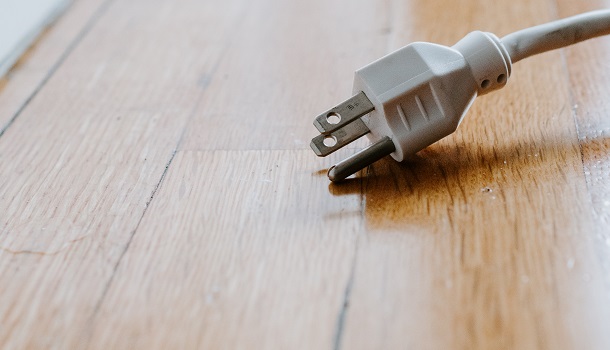

Plumbing A Dishwasher Where There Was Already One
Drain Connection
There are 4 types of drain connections for dishwashers: a high loop connected to garbage disposal, a high loop directly to the drain, an air gap to the garbage disposal, and an air gap to the drain.
- Loosen the existing hose clamp on the garbage disposal or drain, slip it off, and pull the old drain hose
- Flip the new dishwasher carefully on its back and locate the drain hole
- Place the drain hose end that features a 90/110-degree elbow on it on that hole with the clamp already
- Once you install it, clamp it and make sure it’s routed out the back so that it’s not on top of the power chord
- Take the new drain line, pull through the top hole in the cabinet put it on the drain or garbage disposal, and tighten the clamp with a screwdriver
Tip: If there’s an air gap present, your drain hose will go on one end of the air gap while the other hose will connect to the sink/garbage disposal. Both should be clamped.


Water Line Connection
You’ll need a dishwasher water line connection kit that will supply you with everything needed for installation. We suggest an 8ft stainless steel braided hose. This process only works if you already have a valve installed below the sink for the dishwasher
- Close the water valve and remove the old water line
- Make sure that water runs well through the new water line hose
- Take your elbow connector that has a 3/4” and 3/8” hole and connect the smaller hole to the hose using your hands and then the pliers
- Locate the water line hole, it’s likely to be a blue hole on the bottom so you should turn the dishwasher on its back
- Take your larger hole and hand screw it to the water line hole ensuring that later on, it’s leading to the back of the dishwasher
- Make sure the connection is tight but not too much as the hole is plastic
- Pull through the bottom hole in your cabinet and attach to the valve with your hands and then with pliers.
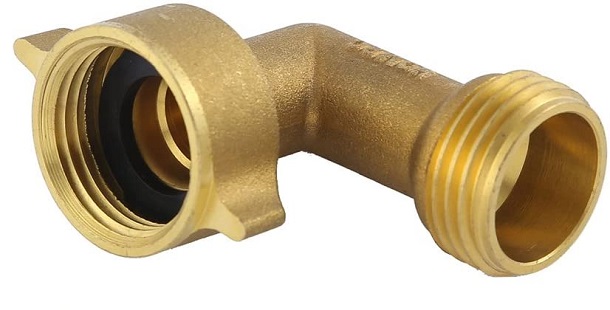

Plumbing A Dishwasher Where There Wasn’t One Before
Preparing The Sink
You’ll need to install a 3-way shut-off valve as one end will connect the hot water to the sink and the other one to the dishwasher.
- Get a 3-way shut-off valve.
- Turn off the water supply in the basement and remove the previous shut off valve
- If you want to replace them you can take the large bottom nut and put it on the pipe, then place the brass ring on tightly and hand tighten the valve with the nut
- Take your wrench and do a final tightening
- Connect your sink to the valve again.
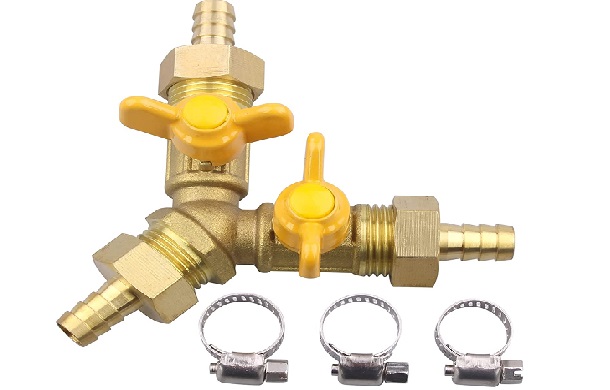

For the drain line, you’re likely to need to install a tailpiece if your dishwasher drain hose connects directly to a sink
- Loosen the top and bottom nut of the pipe that connects to the sink and other sink pipes and remove
- you’ll get a rubber gasket with the tailpiece, place it on top, and then the nut will come up
- For the bottom, you’ll be reusing the bottom nut that already includes the gasket and nut. Place on the bottom of the tailpiece and reconnect
If you have a garbage disposal you’ll want to install an air gap or make a high loop when doing your connection. You’ll make a high loop by placing the drain hose on the top hole of the cabinet that you made yourself using a drill bit. Note that you can install an air gap with a direct sink connection as well
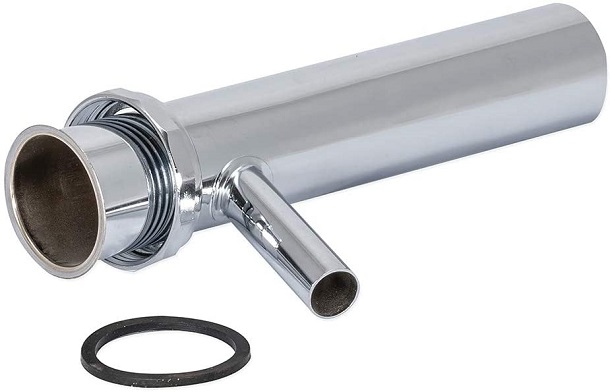

Drain/Water Line Connection
For these two, you’ll do the same thing as you would when replacing a dishwasher so follow the instructions above. There are some differences between installing a copper line and a plastic line though
Copper Line – You’ll need to place a nut and Ferrel (around 1” deep) on the copper end and make sure that the water line doesn’t touch the base, frame, or motor. You’ll need a 3/4” hose fitting as well and it should be facing upwards when the dishwasher is placed back. Slide the nut to the fitting and tighten with a hand, then again with pliers
Plastic Line – The process is the same as for the copper line. You’ll do a compression fitting in both instances (nut and ferrel) so make sure you’re not using Teflon tape they will hold out on their own.
Calling A Professional
If you’re not convinced that you’re skilled enough to attempt and do all of the above things on your own. We do suggest you call a professional to handle it, most likely a plumber. They’ll charge an hourly rate but start with a certain fee just to come to your house. Prices vary but can climb as high as $500.
Plumbing Countertop/Freestanding Dishwasher
Luckily, commercial built-in dishwashers are the hardest to install so any other will be easier to install and you certainly can do it on your own. Nonetheless, if you’re not sure, you can still call someone to do it for you.
Benchtop Dishwasher
You’ll need a faucet hose attachment, sink tap click-on, and a brass sprinkler adaptor for the hose end. Simply put the hose attachment with a rubber gasket on the faucet and connect the water line hose end to it. The drain hose will go directly into the sink. When you want to use your faucet again, simply take off the connection from the benchtop dishwasher faucet.
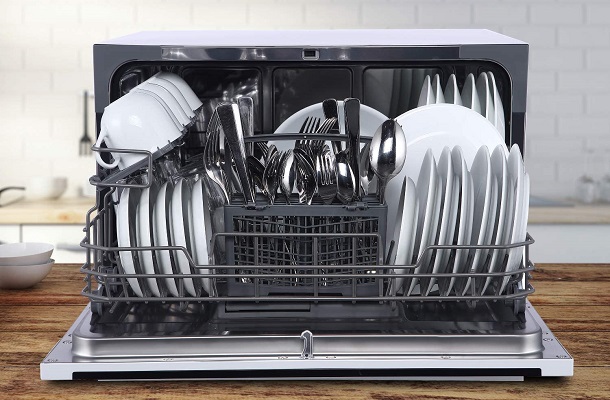

Free-Standing Dishwasher
There’s no complex plumbing required as these dishwashers are made to be pulled out easily. When connecting them to a drain or water line, simply make sure everything is turned off. You can connect them just like a built-in model or you can do the plumbing work just like on a benchtop model. The added benefit is that they’re mobile and easy to move elsewhere.
To Wrap It Up
If you have a built-in dishwasher it’ll take some work and preparation to get everything right but it should be easier if you’re replacing your dishwasher instead getting a brand new one to install where there wasn’t one before. You might have to install a shut-off valve for the water line and install an air gap for the drain line. Follow the steps and you’ll do just fine certainly.

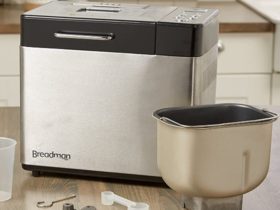

















Leave a Reply